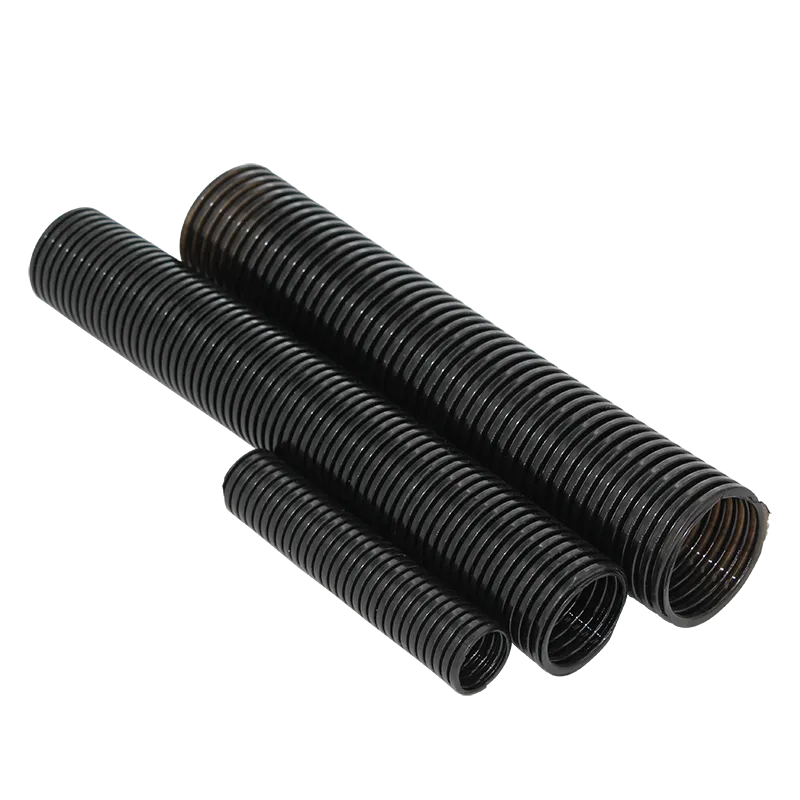synchronous belt wheel
Understanding Synchronous Belt Wheels An Overview
Synchronous belt wheels play a crucial role in various mechanical systems, particularly in the field of power transmission. These wheels are integral components in synchronous belt drive systems, where they work in tandem with synchronous belts to transfer motion and power efficiently. The design and function of synchronous belt wheels make them an essential topic for those involved in mechanical engineering and design.
A synchronous belt wheel, often referred to as a pulley, is crafted to engage with belts that have teeth (also known as toothed belts or timing belts). This design allows for a precise, slip-free connection between the belt and the wheel, ensuring that the rotational motion is synchronized between components. This characteristic is particularly beneficial in applications requiring high accuracy, such as in automotive timing systems and industrial machinery.
The key feature of synchronous belt wheels is their tooth profile, which is designed to match the corresponding teeth of the belt. This engagement allows for efficient torque transmission while minimizing the risk of slippage. As the toothed belt moves, it pulls the synchronous wheel into motion, ensuring that the speed and position of the driven shaft are closely aligned with that of the driving shaft. This precision is vital in applications where timing is critical, such as in camshaft drives in internal combustion engines.
synchronous belt wheel

Synchronous belt wheels come in various sizes, materials, and tooth profiles, each tailored for specific applications. Common materials include aluminum, steel, and high-strength plastics, chosen for their durability and ability to withstand high loads. The selection of the proper wheel and belt combination is critical to maximizing the lifespan and performance of the entire drive system.
One of the significant advantages of using synchronous belt systems is their low maintenance requirement. Unlike chain systems that may require regular lubrication, synchronous belts operate quietly and cleanly, minimizing wear and tear over time. Additionally, these systems are generally more energy-efficient, leading to potential cost savings in industrial settings.
In summary, synchronous belt wheels are indispensable components in modern mechanical systems. Their ability to provide precise and efficient power transmission makes them suitable for a wide range of applications, from automotive engineering to manufacturing. Understanding their design principles, functionality, and advantages is essential for anyone looking to delve into the world of mechanical systems and drive technology.








